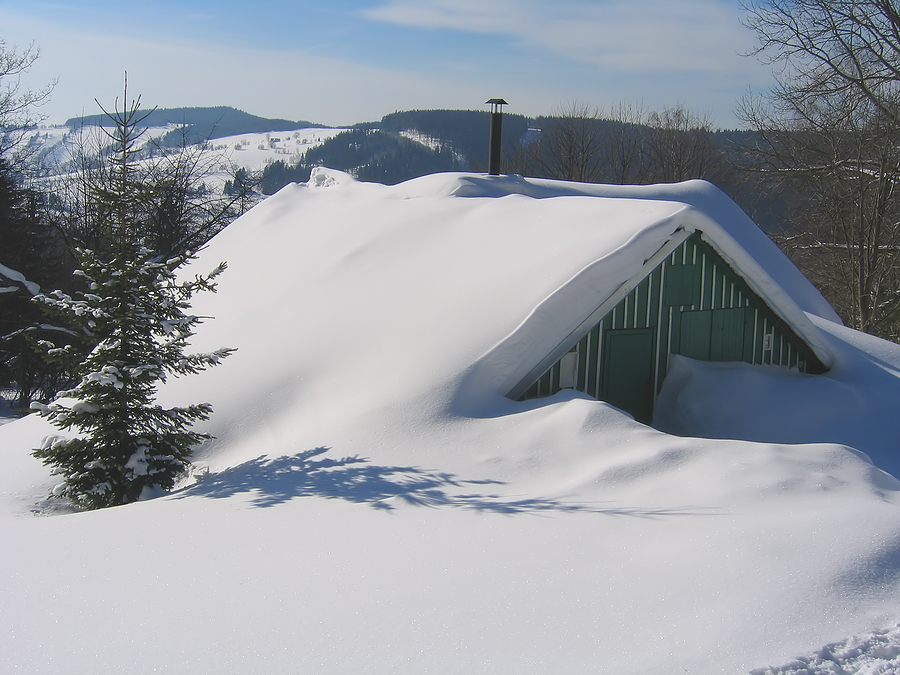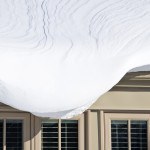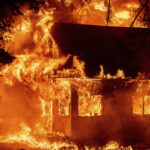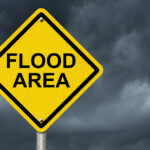As someone whose childhood winter chores included shoveling the roof, I have an intimate familiarity with the concept of the potential for roof collapse from the weight of excessive snow and ice.
Winter storms this season have produced all-time record snowfall records in Maryland, Pennsylvania, and parts of New York. Winter Storm Jonas is the first snowstorm on record to simultaneously drop two feet or more of snow on both Baltimore and New York City.
We are all familiar with the rise in insurance claims which go hand-in-hand with such weather events, including slip and fall injuries, ice dams, frozen pipes, water losses, etc. The melting of such accumulation also causes water seepage which rots roofs, damages insulation, leaks into attics, ruins gutters and unleashes havoc to the interior of homes. Unfortunately, such huge snowfalls also bring with them huge property loss claims resulting from the collapse of roofs not able to withstand the weight of accumulated snow and ice. Successfully subrogating these roof collapse losses – which are often overlooked as resulting from an “Act of God” – requires both prompt and aggressive subrogation action and functioning slide rule.
Understanding Roof Collapses
The science of roof collapses is not for the feeble-minded. To determine when a structure will succumb to the weight of the snow, a number of factors must be considered, including the strength of the roof’s trusses and rafters, the slope of the roof, structures on the roof (HVAC systems, etc.), outside conditions, sun angle, exposure, etc. It’s a problem better solved by NASA than subrogation counsel, but solve them we must. Subrogating roof collapses is, therefore, an expert-intensive endeavor.
When a roof is built to code, it should be able to withstand the maximum weight of snow that might accumulate in a particular geographic area. This means the maximum weight, not the maximum depth. According to to the Federal Emergency Management Agency’s snow load safety guide, the weight of one foot of fresh snow ranges wildly from three pounds per square foot (PSF) for light, dry snow to 21 PSF for wet, heavy snow. As an example, a typical roof in eastern Maryland should be built to withstand snow loads of 15 to 30 PSF. Most local roofs should be able to support a foot of snow, wet or dry.
Two feet of snow on an average-sized roof can add nearly 20 tons of additional pressure to the roof. High winds, which often accompany heavy snowfalls, also result in negative pressure uplift on roofs. These loads must be taken into account in the structural design of the building from the roof down to the foundation. Unbalanced snow loads, drifting, sliding snow, and the additional weight rain can add to snow, all drastically increase the vertical roof load on concentrated areas of a building. If the framing and structural support has not been designed to account for these conditions, it can cause catastrophic damage beyond simple roof collapse.
Loads on a roof are not just downward. Wind can cause negative pressure uplift, and wind and seismic loads can create in-plane loads. These loads need to be accommodated through the structural design and construction of the building in order to be safely transferred from the roof to the building and down into the foundation.
Subrogation Investigation
Roof collapse claims demand prompt and thorough subrogation investigation. Key evidence, including weather information, snow accumulation, wind speeds and witnesses, may disappear quickly. It is paramount that photographs and video footage of the premises be taken even before emergency repairs are authorized and undertaken. It is critical that snow depth be measured and snow deposits be weighed for density and water content. Waiting even 24 hours can be devastating to recovery potential.
Qualified investigators or subrogation counsel should be engaged promptly to take on-site measurements. National weather data cannot be relied on to provide the precise and accurate local weather data. The right expert must be engaged immediately.
Construction Defects
In the construction industry, construction defects and failures can occur during the design and construction phases of a project, or after a structure is complete. However, while a design professional is responsible to produce a complete, accurate and well-coordinated design and construction documents that are substantially free of defects, and a contractor is required to adhere to the design and construction documents, nothing built is ever perfect nor does the law require a perfect design. Common defects include the following:
- A design that does not meet the Professional Standard of Care.
- A design in violation of applicable building codes.
- A contractor who doesn’t construct the structure in accordance with the plans and specifications.
- A contractor who does not adhere to acceptable standards of workmanship upheld by the construction industry.
- The negligent installation of systems, equipment or materials that are cheaper or less stringent than those required by the plans and specifications.
- In addition to defects in the construction of a building, there can also be negligence associated with the design of a structure.
Furthermore, all buildings have an expected lifespan and even the structures of the ancient world will erode into a mound of sand given enough time. The eventual failure of a structure is an expected result rather than a manifestation of a construction defect. The question becomes what is a construction defect, how do defects arise and how can defects be identified and managed?
Improper design and/or construction of a residential structure can result in embedded defects, omissions and deficiencies that skilled forensic investigators should be able to decode to determine the cause(s) of failure and its contributing factors. Newer structures or structures with recent additions, re-roofs or modifications where the roof has failed should be scrutinized to ensure that it was designed, built and maintained in a manner that would insure its ability to safely accommodate storm-related loads.
Design Defects
Design defects result from the architect or design professional failing to produce a complete, accurate and well-coordinated set of design and construction documents. They can result either from an error in design or an omission of something significant from the design. A design error usually requires retrofitting and/or replacing of some portion of the construction in order to correct the error. The design professional is responsible for all damages flowing from his or her errors.
When an insurance claim resulting from a winter roof collapse hits your claim desk, there isn’t time to calculate the difference between dead and live roof loads or to calculate proper slope correction using an online span calculator. Subrogation counsel and forensic experts should be consulted immediately. Roof collapses must be fixed immediately or further damage will result. But, fixing a roof means destroying valuable evidence, so subrogation cannot wait.
Was this article valuable?
Here are more articles you may enjoy.




 How California’s Homeowners Insurance Crisis is Affecting Brokers
How California’s Homeowners Insurance Crisis is Affecting Brokers  Amazon Worker Injured Due to Repetitive Tasks Loses Workers’ Compensation Bid
Amazon Worker Injured Due to Repetitive Tasks Loses Workers’ Compensation Bid  Allstate, State Farm Sued Over $4 Billion Maui Fire Settlement
Allstate, State Farm Sued Over $4 Billion Maui Fire Settlement  Data Shows Hurricanes and Earthquakes Grab Headlines But Inland Counties Top Disaster List
Data Shows Hurricanes and Earthquakes Grab Headlines But Inland Counties Top Disaster List 